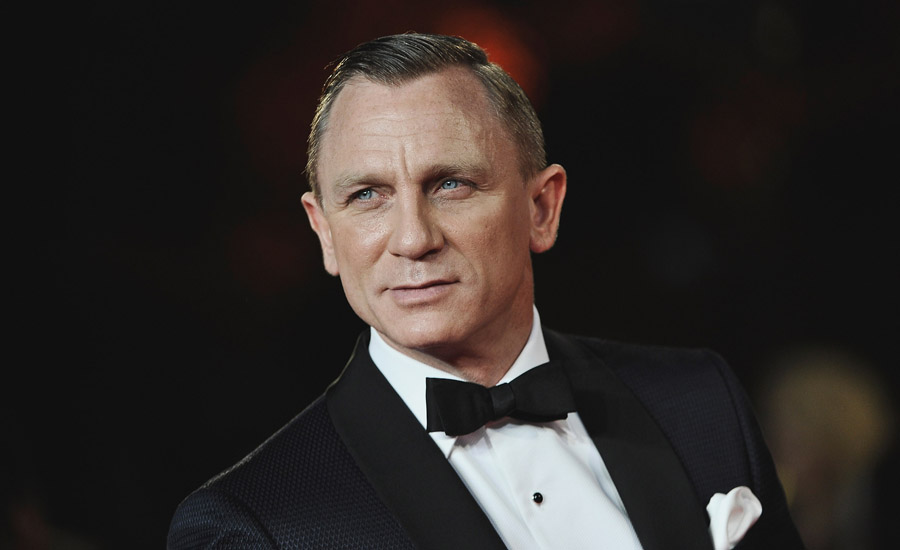By Nura Sadeghpour, MPH
Your heart may race while your eyes follow the iconic figure that is James Bond as he holds it together to do his job: driving at high speed down alleyways, under railway crossings, and often through explosive fire and other obstructions. You may wonder how he will survive driving a car that has just been catapulted up a runway and over a body of water. This British secret agent stops at nothing.
The opening sequence of the new film SPECTRE, in theatres worldwide November 6th, also promises to hold up well against 007’s famous openings over the years. James Bond meets Dia de los Muertos in an opening aerial stunt including a helicopter and thousands of extras recreating Mexico’s spectacular Day of the Dead festival.
And over the years, no doubt Bond’s own heart has raced beyond measure. His skin has been bruised, lacerated, punctured, burned, and frost-bitten from extreme acrobatics, heat and cold stress, and violence on the job. Tricky maneuvers and high speed vehicle chases have put him at risk for distracted driving and fatal crashes, in a more extreme form of an everyday risk to anyone who drives on the job, with motor vehicles consistently the leading cause of work-related deaths in the United States. Sleeping 7 to 8 hours a night is associated with better health than little or no sleep, but it doesn’t seem like our man gets much of it; he may be experiencing fatigue from lack of sleep and a constant change of time zones from hectic flying to far destinations. Perhaps he suffers from chronic stress disorders given the fast pace of the job and the continual risk of injury or death. In fact, Bond has been exposed to over fifty years of work-related hazards that would put any man or woman at risk of illness, injury, or death. 007 has scriptwriters and special effects crews to get him through the rough patches. In real life, it takes a concerted partnership of diverse interests to prevent occupational injury and illness.
Six actors have donned the tuxedo as 007 over the fifty-year tenure of Bond on the screen. Since 1962, with the debut of the first Bond movie Dr. No, the films have had to adapt to changes in culture and technology – some more successfully than others, for example introducing technology and various gadgets that become increasingly complex. Over the years, we have also noted a few of the many occupational hazards and themes that stand out:
In Goldfinger (1964), Bond is exposed to many of the traditional hazards of traumatic injury, while a risk of atomic detonation threatens Fort Knox and the possible dispersal of radiation to the adjacent area. The title villain plots to put the U.S. Army troops at the base out of the way with nerve gas. However, Bond, played by actor Sean Connery, seamlessly reminds us of one of the most fundamental methods of controlling exposures; he employs the effective method of “substitution” in the hierarchy of controls when he convinces the Bond girl of the hour to replace the nerve gas with a harmless substance. Before we note the various risks he is exposed to in future scenarios, it felt only right to acknowledge the occupational safety and health lens through which Bond peered in this instance, whether he knew it himself or not.
On Her Majesty’s Secret Service(1969) sees SPECTRE, the global criminal syndicate and terrorist organization, plot to infect different countries with a virus that would render infertile all biological life, including humans. While Bond, played by actor George Lazenby, is called to save the world, he would also need to be protected from exposure to infectious agents and terrorist attacks as he goes deep to fight the enemy and stop the spread of the virus to all flora and fauna. Additionally, governments would need to ready healthcare workers and emergency responders for a potential pandemic.
The opening scene of For Your Eyes Only (1981) shows the SPECTRE villain taking control of Bond’s helicopter. Bond, played by Roger Moore, tries desperately to regain control mid-air and finally cuts off the enemy’s control panel. This scene reminds us of other Bond scenarios that feature dangerous aircraft maneuvers and very real scenarios of men and women who on a day-to-day basis use helicopters and other planes to do their job: instead of going after fictitious villains, they are...Click here to read the rest of the blog post.









